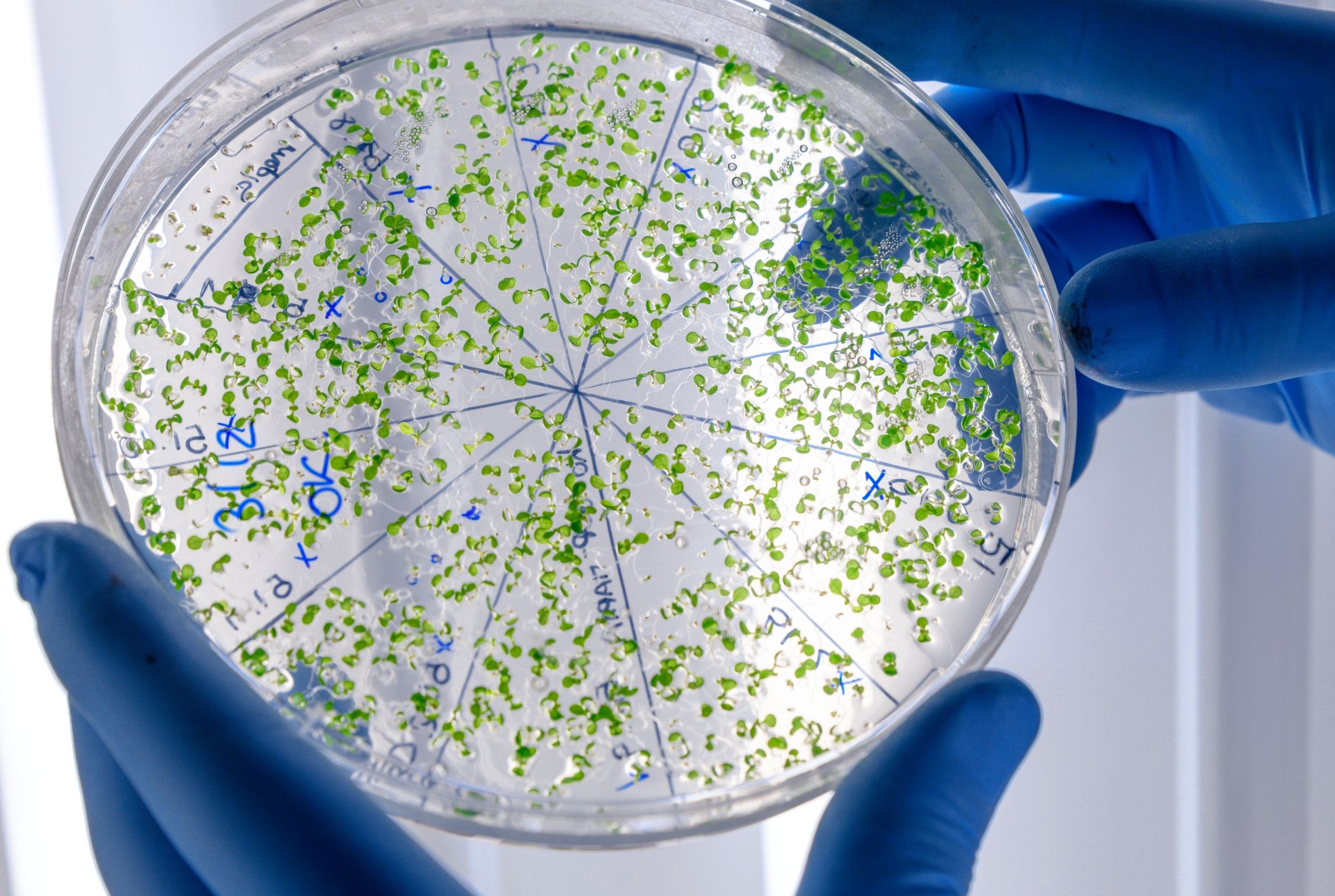Staphylococci: types, infections, and treatment
Jun 05, 2024

Staphylococci are round bacteria, approximately 1 micrometer in size, characterized by their grape-like clusters (the name originates from the Greek god of wine, Dionysus). The Staphylococcus genus includes numerous species, most of which are non-pathogenic. These bacteria are widespread in nature and commonly found on human skin and mucous membranes.
The most common types of staphylococci
Three types of staphylococci are the most common and medically significant:
- Staphylococcus aureus (golden staphylococcus)
- Staphylococcus epidermidis
- Staphylococcus saprophyticus
Staphylococcus aureus (golden staphylococcus)
Staphylococcus aureus is the most well-known and frequently isolated bacterium in microbiology laboratories. It can cause a wide range of infections, including:
- Skin infections (abscesses, exfoliative dermatitis in newborns)
- Wound infections, middle ear infections, and eye infections (blepharitis, conjunctivitis)
- Pneumonia (staphylococcal pneumonia)
- Infections of other tissues and organs
- Staphylococcal tonsillitis
- Peritonsillar abscess
Staphylococcus aureus can also lead to severe complications such as food poisoning and toxic shock syndrome (TSS), which is most commonly linked to genital infections.
Due to increasing antibiotic resistance, strains resistant to treatment are becoming more common. One of the most significant strains is methicillin-resistant Staphylococcus aureus (MRSA), which is resistant to most penicillins and cephalosporins.
Staphylococcus epidermidis
Staphylococcus epidermidis is usually non-pathogenic, but in some cases, it can cause endocarditis. Severe endocardial infections may occur, particularly after the placement of artificial heart valves.
Staphylococcus saprophyticus
Staphylococcus saprophyticus is a common inhabitant of the skin and the mucous membranes of the urinary tract. Although it usually does not cause problems, it can lead to urinary tract infections (UTIs), particularly in sexually active women. This bacterium is increasingly recognized as a significant cause of UTIs, second only to Escherichia coli.
Diagnosis is based on colony morphology, the absence of hemolysis, and resistance to novobiocin. Treatment is guided by antibiotic susceptibility testing, and the infection generally responds well to antibiotics and urinary antiseptics, such as:
- Cephalexin
- Gentamicin
- Ciprofloxacin
- Trimethoprim + sulfamethoxazole
- Nitrofurantoin
- Amoxicillin + clavulanic acid
The likelihood of reinfection is low.
